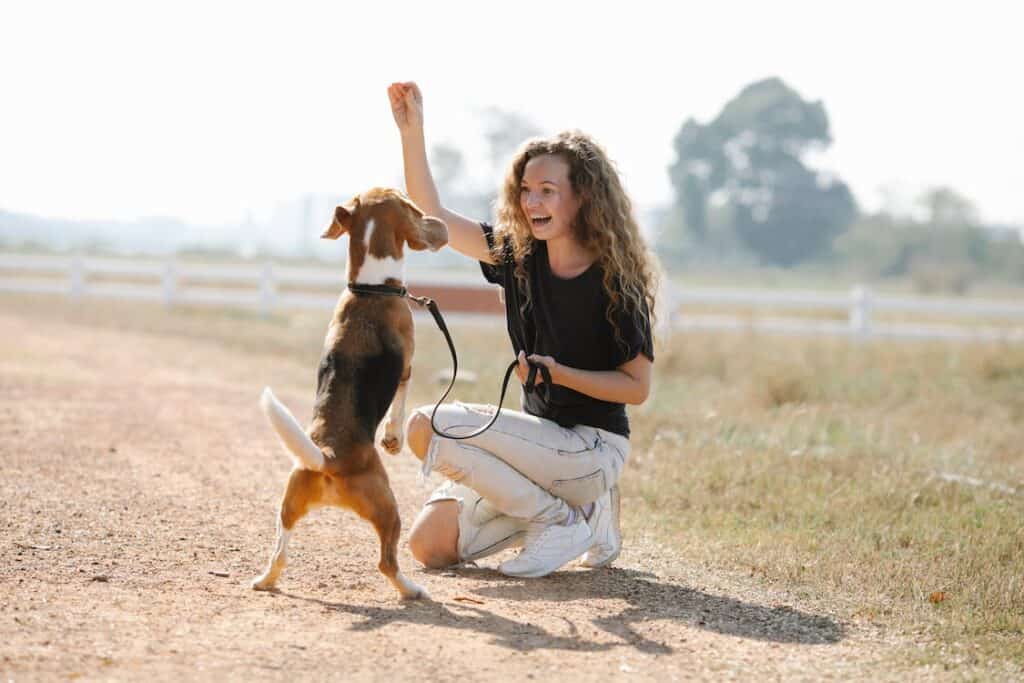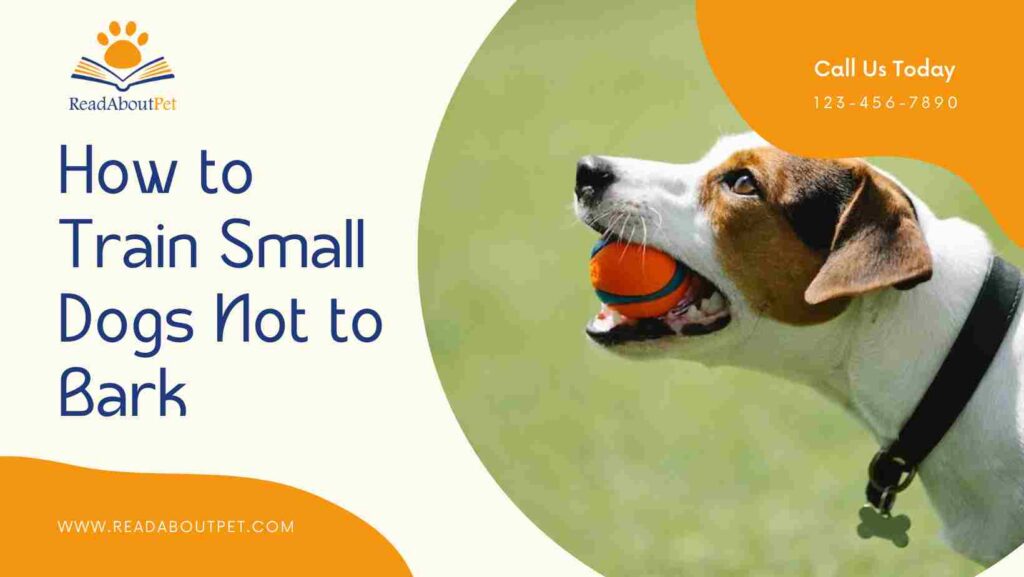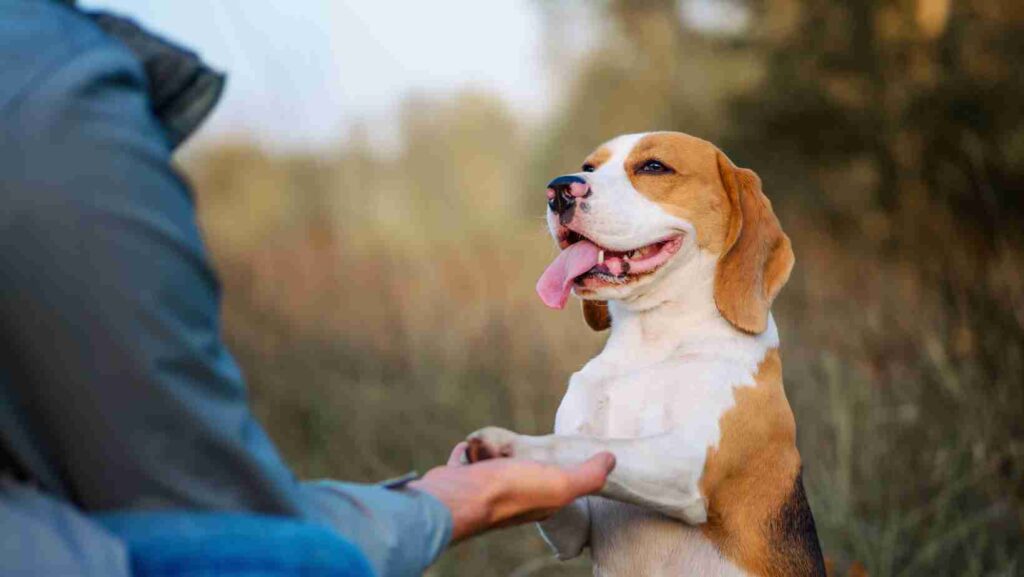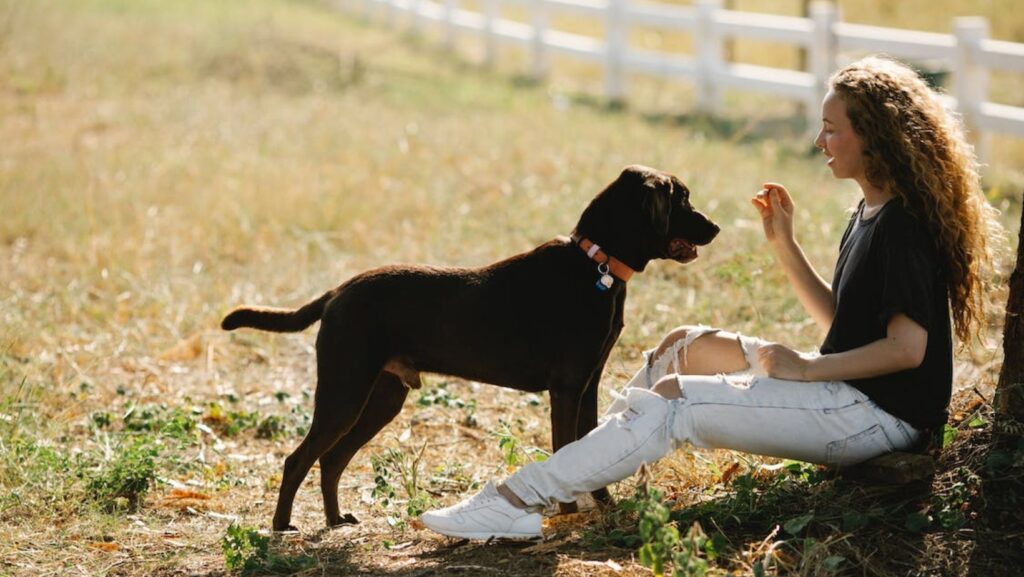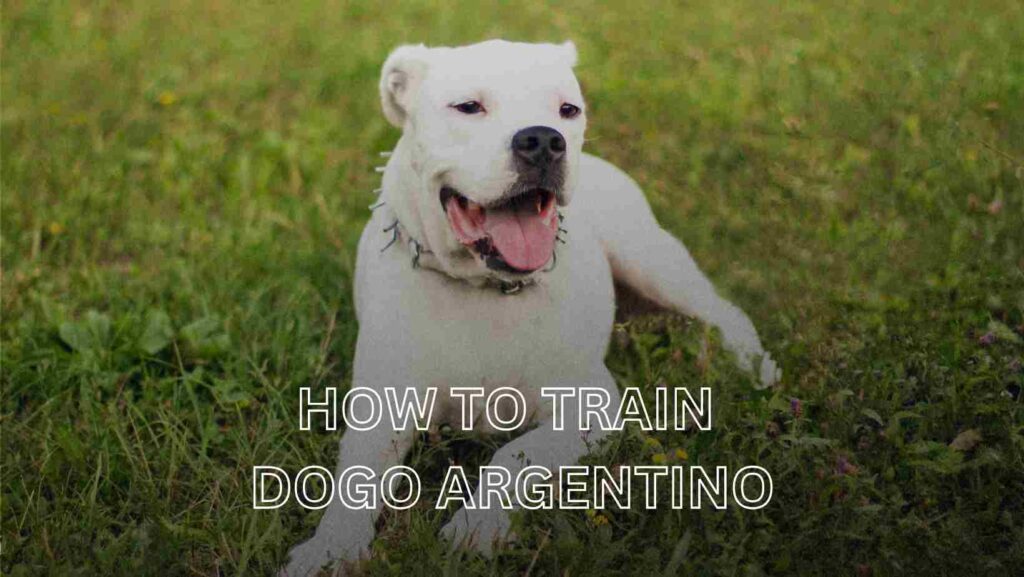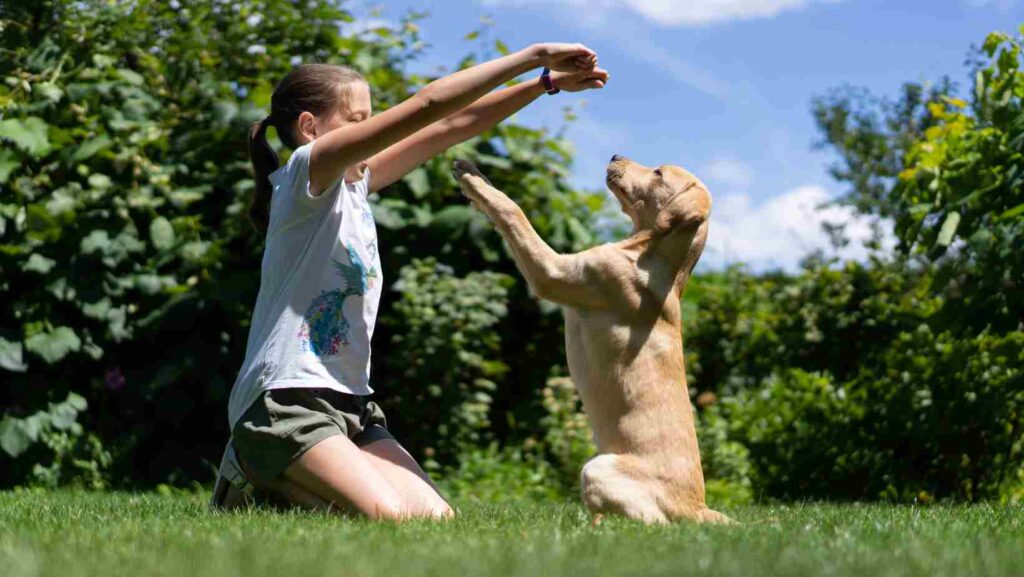Dogs are one of the most loved and cherished pets in the world. They are known for their loyalty, companionship, and playful nature. However, like any other animal, dogs can be difficult to train, especially if they are not properly motivated. That’s where positive reinforcement techniques come in. In this article, we will discuss the effective techniques of positive reinforcement training for dog training.
Introduction to Positive Reinforcement Training
Positive reinforcement training is a technique used to train animals, including dogs, by rewarding them for exhibiting desired behaviors. The concept behind this method is simple: dogs are more likely to repeat behaviors that are rewarded. In positive reinforcement training, the reward can be anything that your dog finds pleasurable, such as treats, toys, or verbal praise. This method is based on the belief that rewarding good behavior is more effective than punishing bad behavior.
Types of Reinforcements:
here are the types of positive reinforcement in dog training
- Primary Reinforcers: These are natural reinforcers that fulfill basic needs such as food, water, and physical touch like belly rubs. They are effective because they satisfy an animal’s biological needs.
- Secondary Reinforcers: These are token reinforcers that have no inherent value but become reinforcing after being paired with a primary reinforcer. For example, a clicker paired with a treat can become a secondary reinforcer that signals to the dog that a treat is coming.
- Activity Reinforcers: These are reinforcers that involve specific behaviors such as playtime, going for a walk, or getting a training session. They are effective because they provide opportunities for animals to engage in natural behaviors.
- Social Reinforcers: These are reinforcers that involve interaction with other animals or people such as praise, attention, or affection. They are effective because they satisfy an animal’s social needs.
- Tangible Reinforcers: These are reinforcers that involve physical objects such as toys or treats. They are effective because they are concrete and can be easily identified by animals.
In addition to understanding the different types of positive reinforcement, it’s also important to consider the schedule of reinforcement. In dog training, reinforcement can be delivered on a fixed or variable schedule. A fixed schedule involves delivering reinforcement after a specific number of behaviors, while a variable schedule involves delivering reinforcement after a random number of behaviors. A variable schedule tends to be more effective at maintaining behavior in the long term.

Positive reinforcement is not only useful in dog training but can also be used in the classroom. By providing positive reinforcement for specific behaviors, teachers can encourage students to engage in positive behaviors and create a positive learning environment.
Benefits of Positive Reinforcement Training
Positive reinforcement training has several advantages over other training methods. These include:
- Builds a strong bond between you and your dog.
- encourages good behavior
- increases your dog’s confidence
- reduces stress and anxiety in your dog
- results in long-lasting behavior change
- improves your dog’s overall well-being
Positive Reinforcement Techniques for dog Training
There are several Positive Reinforcement Techniques that you can be used for dog training. Below are some of the most effective ones:
Clicker Training
Clicker training is a popular positive reinforcement technique that involves using a clicker to mark a desired behavior, followed by a reward. The clicker is a small handheld device that makes a clicking sound when pressed. To use this technique, you first need to associate the clicker sound with a reward. You can do this by clicking the clicker and immediately giving your dog a treat.
Once your dog understands that the clicker sound means a reward is coming, you can start using it to mark desired behaviors. For example, if you want to teach your dog to sit, you would click the clicker as soon as your dog sat and then give them a treat.
Treat Training
Treat training is one of the popular positive reinforcement techniques for dog that involves using treats to reward your dog for good behavior. This technique works by associating a behavior with a treat.
For example, if you want to teach your dog to stay, you would give them a treat every time they successfully stayed in one spot. Over time, your dog will link staying with getting a treat. This will encourage them to stay in the future.
Verbal Praise
Verbal praise is a simple but effective positive reinforcement technique. This technique involves praising your dog with words every time they exhibit a desired behavior. For example, if you want to teach your dog to come when called, you would praise them every time they successfully came to you. Verbal praise can be combined with other techniques, such as treat training, to make it even more effective.
Play Training
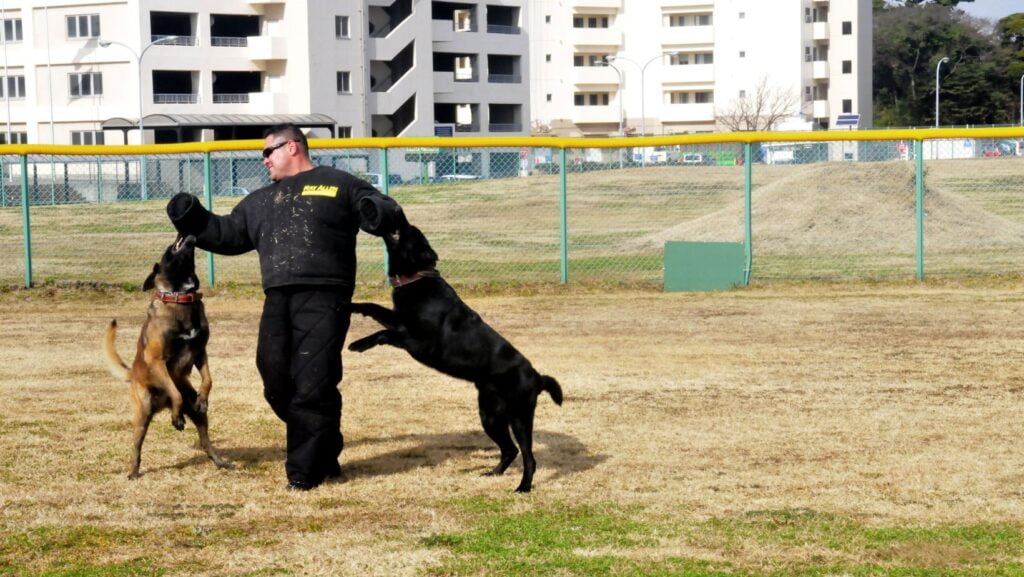
Play training is a fun and engaging positive reinforcement technique that involves using play as a reward for good behavior. This technique works by associating a behavior with playtime. For example, if you want to teach your dog to fetch, you would play fetch with them every time they successfully retrieve the ball. This will help your dog associate fetching with playtime and make him more likely to do it in the future.
10 Best Positive Reinforcement ideas for Dogs
Here are 10 simple positive reinforcement ideas for dog training to reward your child:
- Treats: Offer a small treat when your dog does something good.
- Verbal praise: Use a happy tone of voice to praise your dog like “good job”.
- Toys: Offer a favorite toy as a reward for good behavior.
- Belly rubs: Many dogs love belly rubs, use this as a reward.
- Playtime: Set aside dedicated playtime for good behavior.
- Attention: Offer extra love and attention for good behavior.
- Walks: Going for a walk is a great reward.
- Training sessions: Offer a training session as a reward.
- Environmental rewards: Allow access to a desirable area as a reward.
- Social rewards: Offer a playdate or a trip to the dog park as a reward.
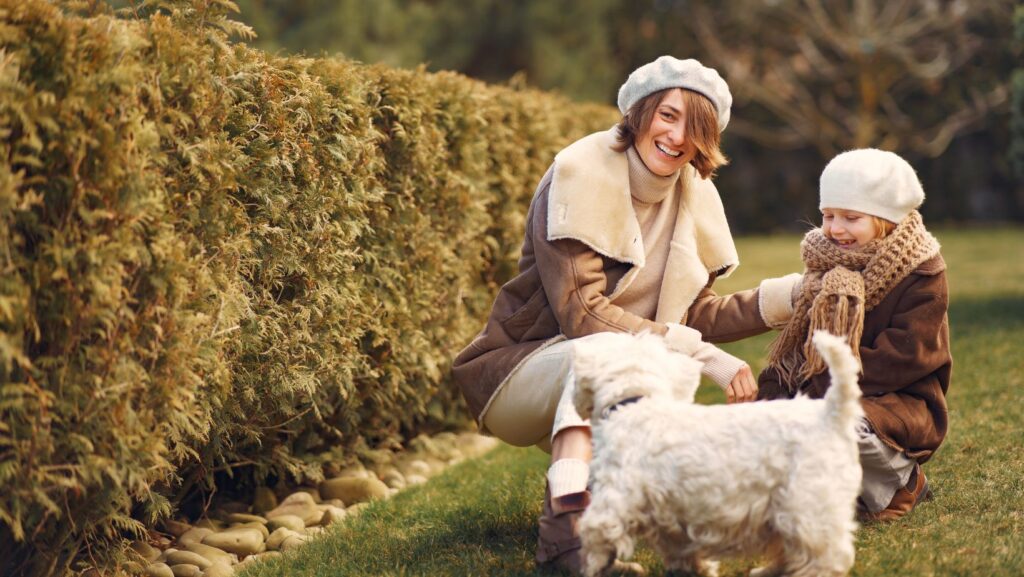
Conclusion
Positive reinforcement training is a highly effective and humane way to train your dog. It builds a strong bond between you and your dog, encourages good behavior, and results in long-lasting behavior change.
You can train your dog to be well-behaved, obedient, and confident. Techniques such as clicker training, treat training, verbal praise, and play training can help you achieve this. Remember to always be patient, consistent, and positive when training your dog, and you will see results in no time.
FAQs
Is positive reinforcement training effective for all dogs?
Yes, positive reinforcement training is effective for all dogs, regardless of their breed or age.
Can positive reinforcement training be used for correcting bad behavior?
Yes, positive reinforcement training can be used to correct bad behavior. Instead of punishing your dog for exhibiting bad behavior, you can use positive reinforcement to teach them good behavior.
What if my dog doesn’t respond to positive reinforcement?
If your dog doesn’t respond to positive reinforcement, it may be because you are not using valuable or good reward. Try using a different reward or consulting a professional dog trainer.
How long does it take to see results with positive reinforcement training?
The time it takes to see results from positive reinforcement training varies from dog to dog. Some dogs may respond quickly, while others may take longer to learn. Consistency and patience are key.
Is positive reinforcement training better than other training methods?
Positive reinforcement training is considered one of the most effective and humane training methods. It is based on rewarding good behavior rather than punishing bad behavior, which results in long-lasting behavior change.

